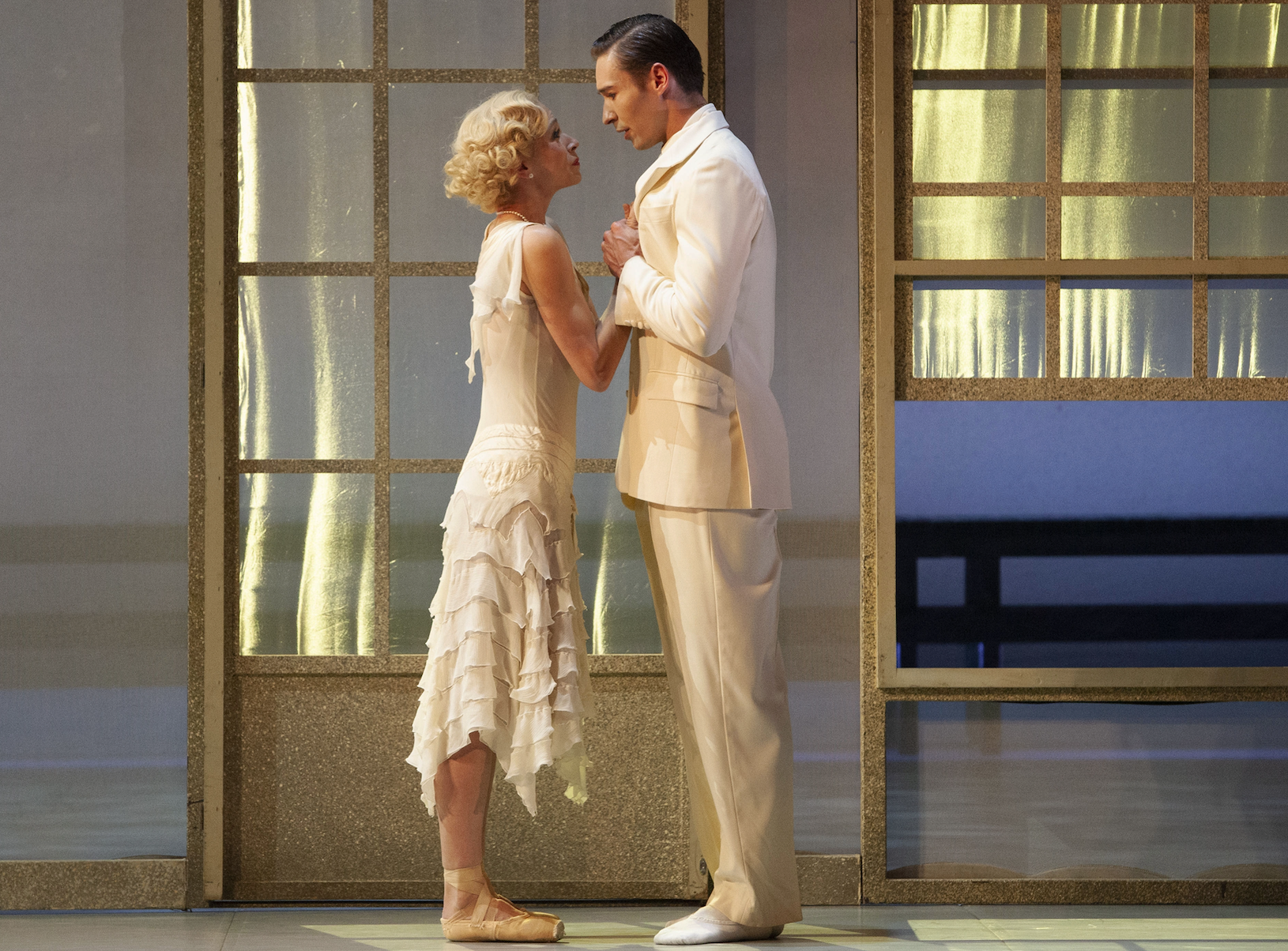Set in the exuberance of 1920s America, The Northern Ballet’s production of The Great Gatsby is an experience for the senses, beautifully encapsulating the highs and lows of the roaring twenties. The Northern Ballet’s performance began by introducing the audience abstractly to the different characters and their characteristics, such as Jordan’s signature golf swing, before it dove into the plot.
The overarching story follows the reunion of Daisy Buchanan with her past lover Jay Gatsby, brought back together through her cousin Nick Carraway. It also includes sub plots such as Nick going to New York with Tom and his mistress Myrtle, being introduced to Myrtle and her husband in the Valley of Ashes and Nick’s romance with Jordan Baker. One thing that was not surprisingly lost in the Northern Ballet’s reimagination was the perspective of the story coming from Nick, a famously unreliable narrator, however, this was not detrimental to the plot, it just resulted in a more omniscient perspective.
For anyone who has read The Great Gatsby, they will know that the story centres around the theme of desire and longing, especially that of Jay Gatsby and when it came to showing this the Northern Ballet definitely did not disappoint. His scenes on the pier with his arms outstretched looking into the distance and the repetitive flashbacks to young Gatsby were definitely key in reinforcing his character’s tendency to dwell on the past and his pining for Daisy. However I do wonder if the symbolism of the green light and the position of Gatsby’s house being across the river from the Buchanan’s was necessarily clear to the audience.
David Nixon’s choreography as well as showing the light and dark of the plot, also seamlessly integrated some amazing characterisation. The audience could clearly see Nick’s nerves and dubious position within the upper class as well as Jordan Baker’s boyish and “new woman” style. The choreography also included a great mix of classical movement intertwined with those reminiscent of popular dance styles of the 1920s ranging from the Charleston to the Tango.
Another element that I was particularly fond of was the way in which Nixon presented relationships and their different dynamics. For example between Act I and II, we see Daisy and Jay’s relationship shift from an uneasy and uncertain reunion, to one full of excitement and passion struggling to hide their love from Tom.
I also loved the representation of the past made clear through a combination of music, lighting and dancers and I was particularly fond of the way in which it was shown to haunt Daisy and Jays present relationship, especially in the opening scene of Act II.
As someone who has read and in fact previously studied The Great Gatsby, I thoroughly enjoyed experiencing the way in which the ballet chose to represent themes, relationships and seeing the areas which they chose to focus on. However, I would recommend that anyone who hasn’t read The Great Gatsby or needs a refresher, picks up a programme which includes a lovely succinct summary of each scene.
I would highly recommend trying to come and see this ballet if you’re a lover of ballet or a complete novice. This was my first time ever attending and it’s definitely given me a taste for it.
